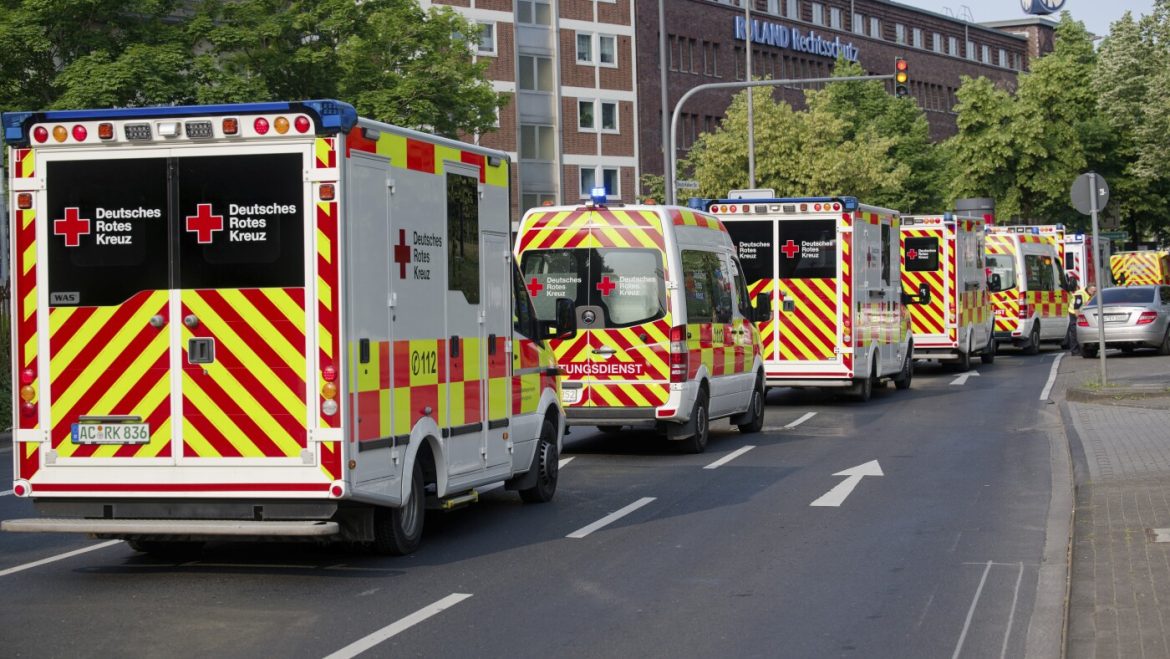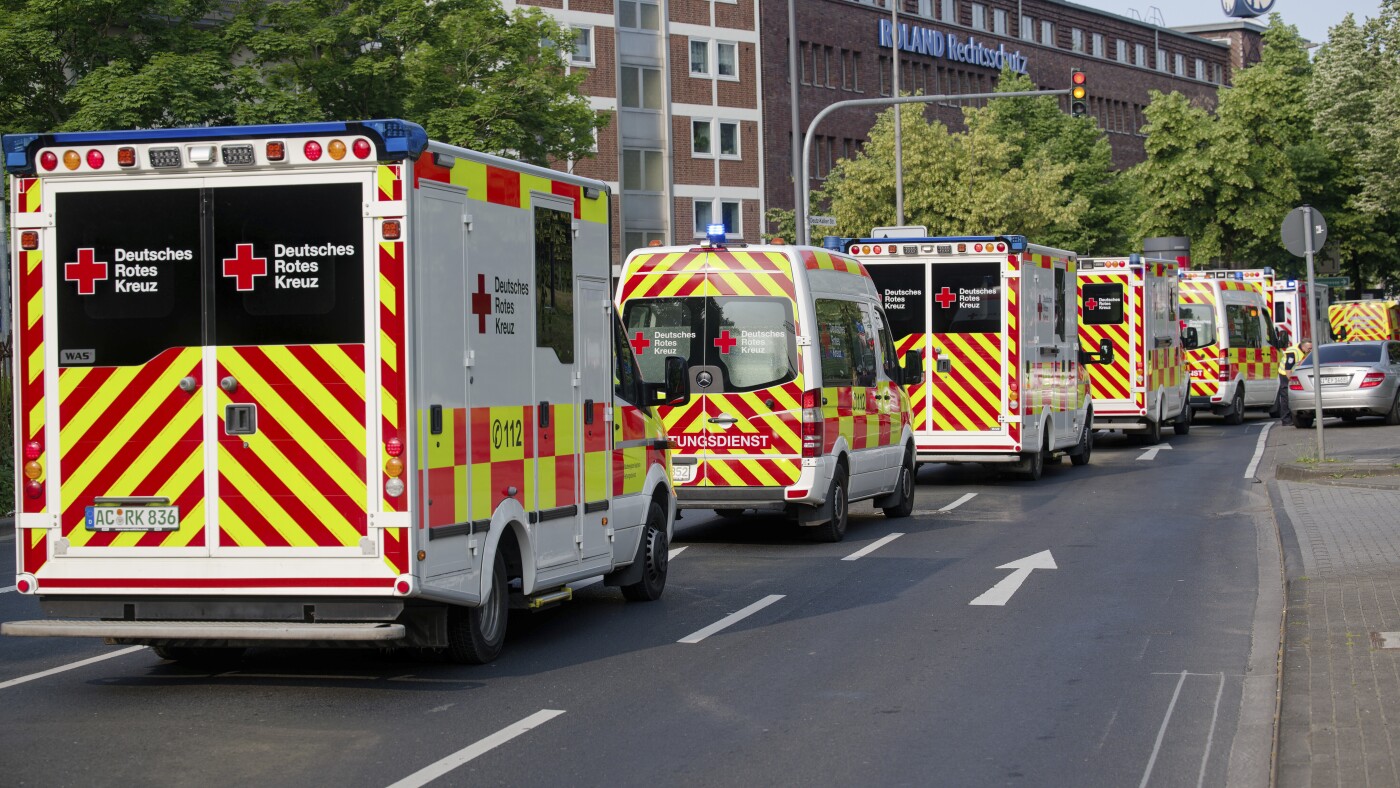The recent defusing of three unexploded World War II bombs in Cologne, Germany, has sparked the city’s largest evacuation since the war’s conclusion. This event not only thrusts into spotlight the enduring legacy of past conflicts embedded within modern urban landscapes but also highlights the immense logistical and human challenges posed by such discoveries in densely populated cities.
A Giant Undertaking: Evacuating Over 20,000 Residents
On Monday, during routine preparatory road construction in the center of Cologne—a vibrant city situated on the Rhine River—workers uncovered three American bombs that had lain dormant since the Second World War. These were not small devices; all three were categorized as massive unexploded ordnance requiring specialized bomb disposal experts.
According to official statements, more than 20,000 residents had to be evacuated on short notice, marking Cologne’s most significant evacuation operation since 1945. The evacuation extended beyond private homes, enveloping 58 hotels, nine schools, a hospital, two nursing homes, several museums, office buildings, and key transport nodes including the Messe/Deutz train station. Notably, three critical bridges across the Rhine were also evacuated, including the heavily trafficked Hohenzollern railway bridge, a vital artery into Cologne’s historic core.
This scale of displacement involved meticulous coordination to ensure public safety. Ambulances were dispatched to evacuate patients from the Eduardus Hospital in Cologne-Deutz, while authorities worked to manage disruptions to daily life in one of Germany’s largest metropolitan areas. The prompt evacuation underscored the challenge urban planners face when dealing with remnants of past conflicts buried beneath flourishing cityscapes.
The Defusing Operation: Precision in Danger Mitigation
Experts deftly defused the bombs within approximately an hour. This swift action was critical both in minimizing disruption and in securing public safety. The three bombs were reportedly American bombs from the WWII era, each requiring careful handling to prevent catastrophic explosions.
The operation took place under strict security measures. Specialists fenced off the area with screens to obscure the scene from bystanders. Post-defusing, the ordnance was carefully loaded onto vehicles for removal from the city center, ensuring no residual risk remained.
This procedure reaffirms not only the dangers still lurking beneath European cities long after the war’s end but also the technological and tactical expertise developed over decades in ordnance disposal.
The Long Shadow of World War II: A Persistent Urban Hazard
The fact that three large bombs could go undetected for over 80 years speaks to the enduring physical presence of World War II in German cities. Despite extensive postwar reconstruction, millions of tons of unexploded ordnance remain buried in urban and rural areas. Germany, like many other European countries, conducts routine assessments and precautionary evacuations upon discovery, but such instances continue to present public safety concerns.
In Cologne, finding bombs in such a prominent, historic location—directly across the Rhine from the city’s famous cathedral—is a stark reminder of the war’s inescapable legacy etched into modern life. These discoveries challenge city officials to balance progress, historical preservation, and safety.
Managing the Impact: Human and Cultural Considerations
The evacuation displaced a significant portion of Cologne’s population and affected critical infrastructure and cultural sites. Hotels and museums faced temporary closures, educational institutions paused activities, and healthcare providers had to move vulnerable patients.
Public communication played an essential role in this disruption. Authorities had to coordinate clear evacuation orders and keep residents updated throughout. The seamless defusing and subsequent lifting of evacuation orders helped restore normalcy swiftly, minimizing long-term distress or economic impact.
Concluding Reflections: Echoes from the Past in a Modern Metropolis
Cologne’s largest postwar evacuation to defuse WWII bombs embodies a poignant intersection of history, urban development, and public safety. It illustrates how the ghosts of past conflicts can resurface unexpectedly, posing risks to tens of thousands even in peaceful, thriving societies decades later.
This episode also highlights the resilience and preparedness of modern emergency services and urban administrations in handling such rare but high-stakes situations. Efficient evacuation protocols, expert bomb disposal teams, and coordinated multi-agency efforts converged effectively to avert disaster.
Beyond the immediate operational success, the event encourages ongoing vigilance and investment in unexploded ordnance detection and disposal. As cities continue to evolve, integrating historical awareness with urban planning and civil safety remains a delicate but essential task, ensuring the scars of history do not hamper the safety of future generations.


